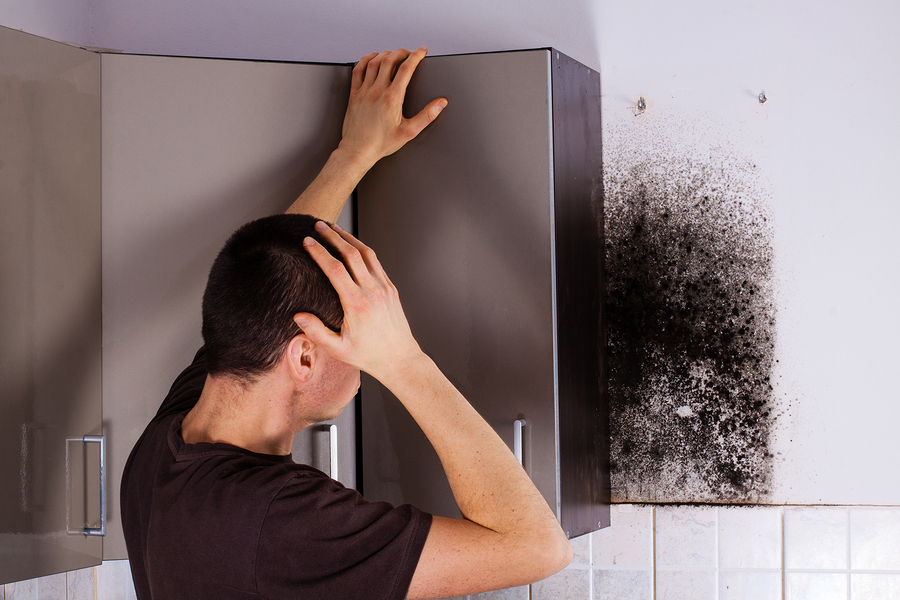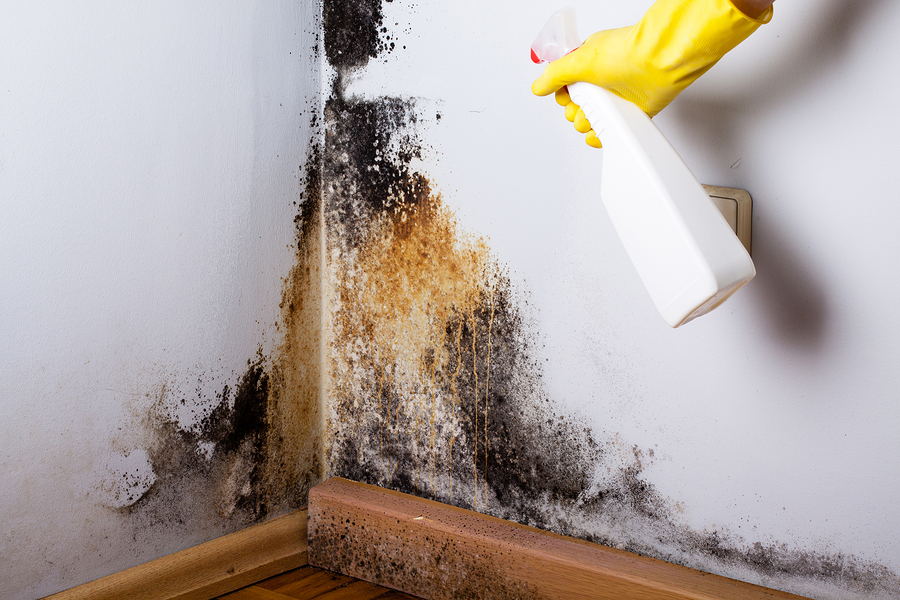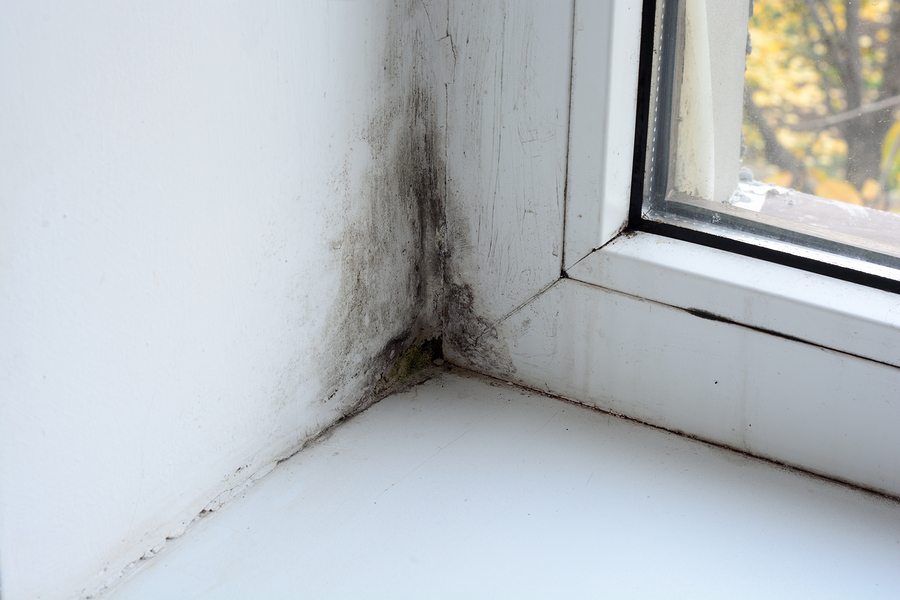- Make It Yourself Lavender Heart-Shaped Bath Bombs!
- 20 Things You Never Knew About “Down There”
- 12 Best Foods For Those Suffering From Arthritis Pain
- 12 Personal Hygiene Mistakes Almost Everyone Makes (Mom Never Told You About #4!)
- 15 Medicinal Plants And Herbs From The Cherokee People
- 12 Mind-Blowing Benefits Of Drinking Coconut Water During Pregnancy
- 12 Outstanding Winter Foods That Won’t Fatten You Up Like A Christmas Turkey
Common Symptoms Of Mold Poisoning – Is It In Your Home?

Photo credit: bigstock.com
Mold. Sometimes you can see it — that black or gray disgusting stuff growing in the grout or tiles in your bathroom. Other times, you can’t. You might not see it, but your body certainly knows it is there. Mold poisoning just might be making you sick and you don’t even know it.
Conventional medicine doesn’t really recognize the true problem with mold, so your regular doctor won’t be very helpful in most cases. Even if your doctor is familiar with the problems mold can cause, the symptoms mimic many other problems, so it can be very difficult to diagnose.
First, let’s take a look at what mold really is.
We typically lump all types of fungi, which reproduce when they send tiny spores floating through the air, as simply mold. Many types of mold are invisible to the human eye! Mold grows best in damp, warm, or humid places, inside and outside the home. Even for those living in very warm, dry areas, such as Arizona or New Mexico, mold can grow near water leaks, basements, inside cabinets, or in bathrooms or closets with poor ventilation.
Most people recognize the mold growing in the bathroom, but mold can actually send spores around your home and attach itself to clothing, shoes, pets, carpets, books, furniture, bedding, curtains, and pillows. Even HVAC filters do not catch everything, unless you are religious about changing the filter once each month.
It has been estimated that about 50 percent of the buildings in America have been, or currently have, water damage. This leads to the growth of mold and a greatly increased risk of mold poisoning, especially for those who are most susceptible, such as infants, children, the elderly, and those with breathing problems.
Continue to Page 2

Photo credit: bigstock.com
Why Is Mold Such A Health Problem?
Although you might think of mold as just a “gross” problem you need to clean in the bathroom, mold toxicity actually falls into a category of biotoxin illness called Chronic Inflammatory Response Syndrome or CIRS.
CIRS is a chronic, inflammatory response in the body that occurs after exposure to mold spores. While most healthy people will make antibodies in response and kill off the spores they breath in, it has been estimated that 24 percent of the population cannot make sufficient amounts of antibodies. These people make up about 95 percent of those who experience symptoms of mold poisoning.
Even among the 24 percent who cannot make enough antibodies to fight off mold spores, there is another two percent of those who are super susceptible to mold. Some people have immune systems that simply don’t recognize these toxins as a problem. This causes a state of chronic inflammation. This means that CIRS will never heal, it will never go away on its own, and it will not stop creating health problems. This inflammatory response can go on unabated for years.
Continue to Page 3

Photo credit: bigstock.com
What are the Symptoms of Mold Toxicity?
- Sinus problems, including asthma like symptoms of coughing or shortness of breath, wheezing and sneezing
- Memory problems such as difficulty concentration and brain fog
- Sensitivity to light, red eyes, blurred vision
- Feelings of fatigue, weakness
- Frequent headaches
- Numbness and/or tingling
- Muscle cramps, muscle aches or pains
- Joint pain without inflammation
- Persistent neck pain, a feeling of an ice pick being driven in the back of the neck
- Vertigo
- Static “shock” type feelings
- Tremors
- Increased urination
- Increased or persistent nerve pain
- Excessive thirst
- Abdominal pain
- Changes in appetite
- A metallic taste in the mouth
- Weight loss resistance
- Problems controlling temperature
- Night sweats without menopause
As you can see, mold poisoning symptoms mimic many other health problems, which means it can easily go undiagnosed for years.
What Should I Do?
If you suspect you might have a mold problem, start here:
1. Learn all you can about mold.
2. Have your home tested for mold. (Use an ERMI test kit).
3. Find a doctor who specializes in mold poisoning. Ask them to perform a genetic susceptibility test for mold, which is Labcorp panel #167120.
READ ALSO: 6 Natural Ways to Kill and Prevent Dangerous Black Mildew and Mold
If your mold tests do find mold in your home, #3 becomes especially important.
Don’t give up! You deserve to live a life healthy and free from mold toxicity!
References:
































